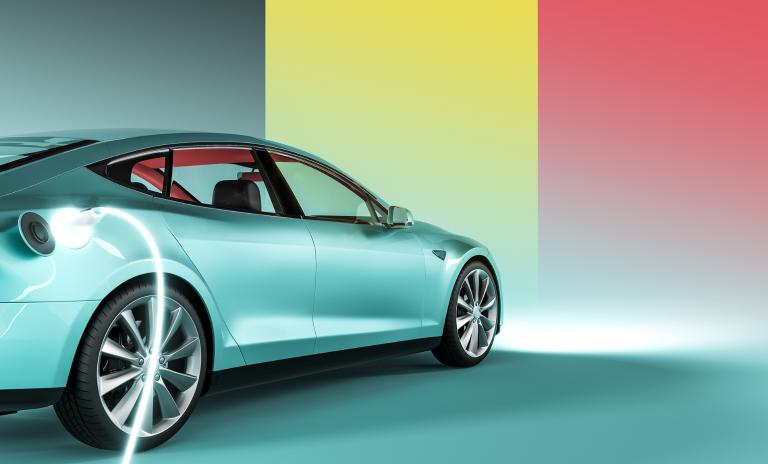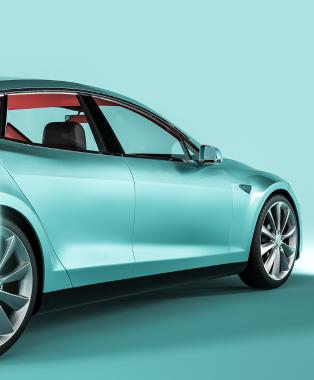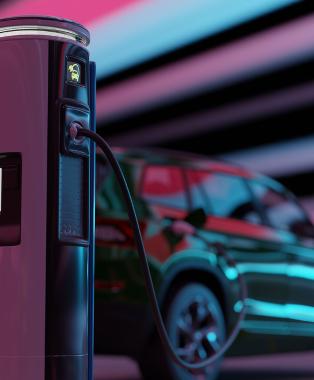The electric vehicle and EV charging market enjoyed a surge in late 2022 despite continued high energy prices.


EV Charging Index: Expert insight from Belgium
E-mobility growth is strong in Belgium, but corporate leasing still dominates vehicle sales
Belgium demonstrates impressive growth in EV penetration across all sectors, although the corporate leasing market dominates sales; among the general public, e-mobility is still seen as expensive. Meanwhile, the country’s charging infrastructure continues to evolve rapidly.

Strong growth in EV sales across most sectors
Belgium continues to cement its position as a global leader in e-mobility. The sales penetration rate is 42%, more than twice the global average, and by 2030, EVs are expected to make up two thirds of total car sales.
Without a strong second-hand market, corporate leasing prices for EVs are unsustainable.
Growth rates are high, with the total number of EVs almost doubling since the end of 2022. This is strongly driven by the corporate leasing segment, which accounts for around 40% of all new car sales. More than three quarters of registered EVs in Belgium are now company cars. By 2027, only EVs will be fully tax deductible, so we expect corporate fleets to be more than 65% electric by then.
The private market, however, has not enjoyed the same success. Despite government incentives and subsidies, EVs are still seen as expensive. This is becoming a glaring issue, as there is still a lack of private demand for second-hand EVs when leases expire on company cars. Without a strong second-hand market, corporate leasing prices for EVs are unsustainable. The arrival of cheaper, often Asian, EVs could be a game changer.
Meanwhile, the number of electric light- and medium-duty utility vehicles is rising as more companies make the switch. The speed of adoption will depend on numerous factors. EVs are typically heavier than their ICE counterparts, for instance, which may impede access to city centers or require different driving qualifications. Charging infrastructure is also crucial. To be financially sustainable, the high investment cost in EVs and charging infrastructure must be (partially) offset – by capturing a green premium for the services, by optimizing delivery routes, or by improving the company’s energy management, for example.
The heavy-duty sector is also seeing an uptick in EV adoption, with public transport operators taking the lead. In the Flanders region, De Lijn has pledged to electrify its fleet of around 3,600 buses by 2035. Logistics companies and infrastructure operators are following suit, with large investments expected.
Belgium’s charging network is developing rapidly, across all segments, with an overall vehicle-to-charge point ratio of 1.4.
Charging infrastructure continues to improve
Belgium’s charging network is developing rapidly across all segments, with an overall vehicle-to-charge-point ratio of 1.4. The ratio for public charge points improved from 20.8 to 10.2 in 2023. In the Brussels region, legislation passed in 2022 now sets minimum thresholds for chargers in newly constructed parking lots, with varying requirements depending on the type of parking lot (e.g., commercial, office, residential).
Integration of e-mobility with other emerging trends
The trend of electrification has not yet merged with the other three trends of the Roland Berger MADE framework: Mobility as-a-service, Autonomous mobility, Digitalization, and Electrification. The high investments required and the complexity of balancing electricity generation and consumption could accelerate this evolution.
For light-, medium-, and heavy-duty vehicles, we are already seeing fleet operators open their charging infrastructure to third parties and co-develop new energy management systems. With the costs of charging infrastructure and new EVs continuing to rise, individuals are increasingly calling for more integrated mobility-as-a-service models, offering access to multi-modal solutions in a joint commercial offering.
Charging market yet to settle down
As the dominant charging business model has yet to emerge, not all types of charging will be equally successful. Charge point operators need to thoroughly examine the market segments of interest, map the most attractive locations, and develop a strong go-to-market strategy to attract and maintain a viable customer base.
Register now to to discover the latest insights, emerging trends and upcoming challenges in the EV and EV charging markets.

![Belgium's EV sales penetration rates outpace most of europe and top global markets [2021 H2 to 2023,%, average]](https://img.rolandberger.com/content_assets/content_images/captions/23_2335_WEB_EV_charging_index_5_Belgium_GT-03_image_caption_none.png?v=1048696)





